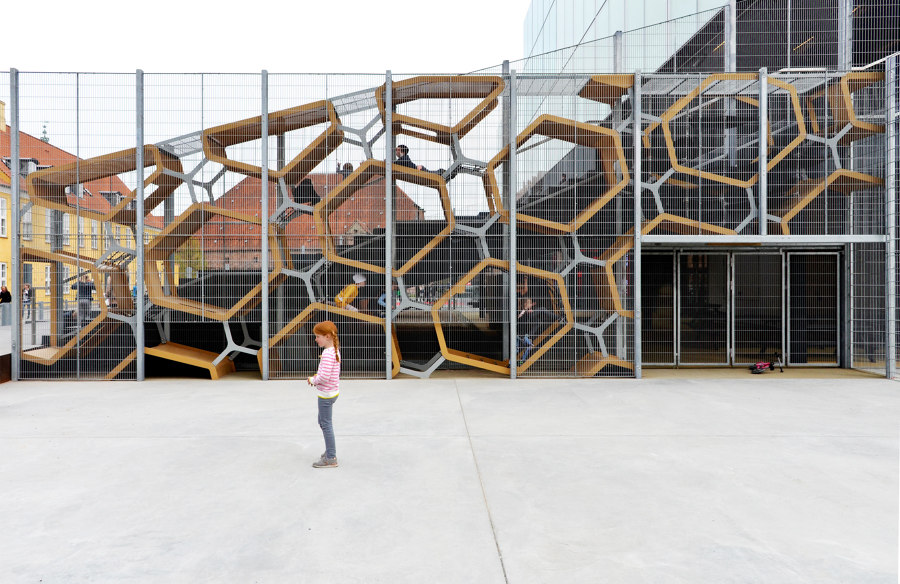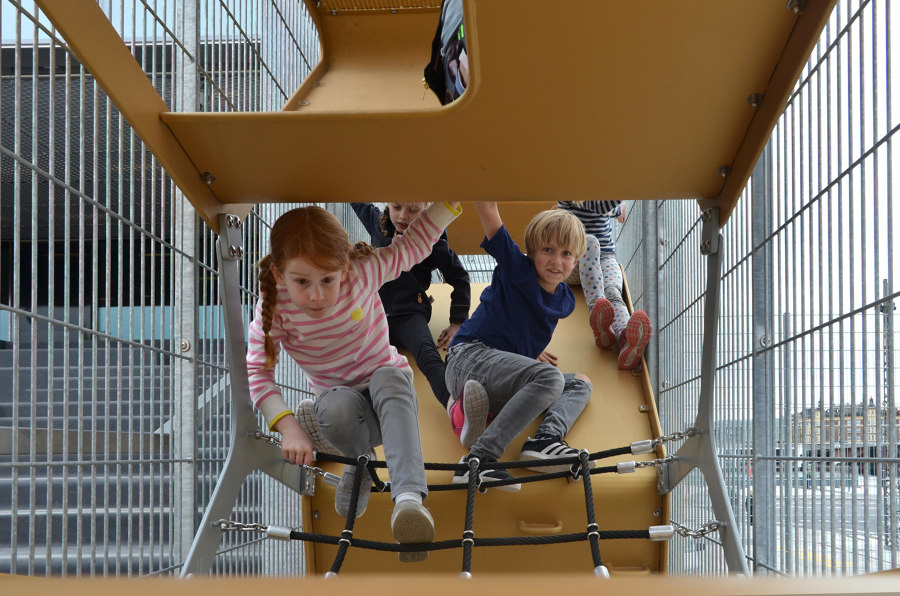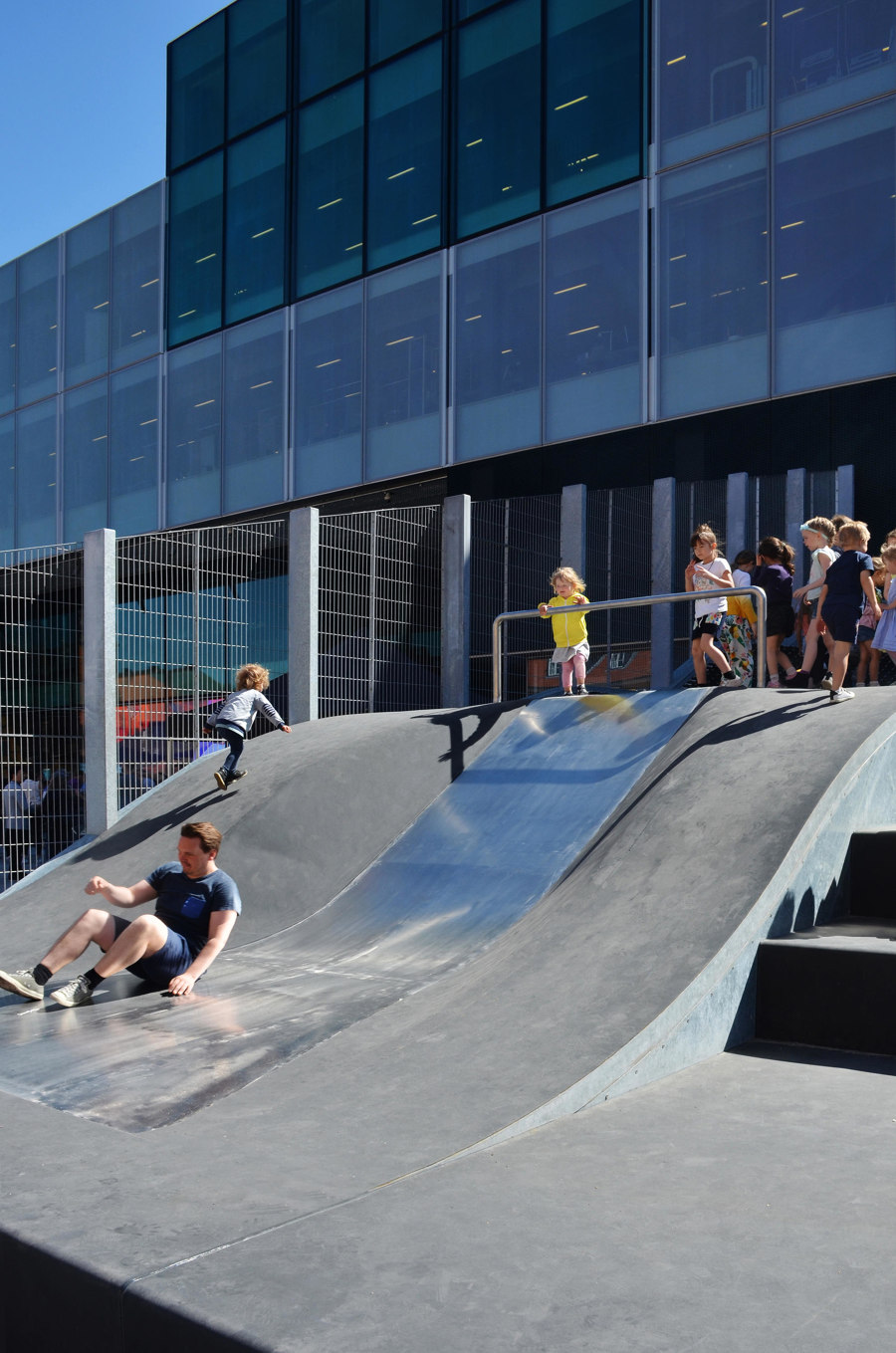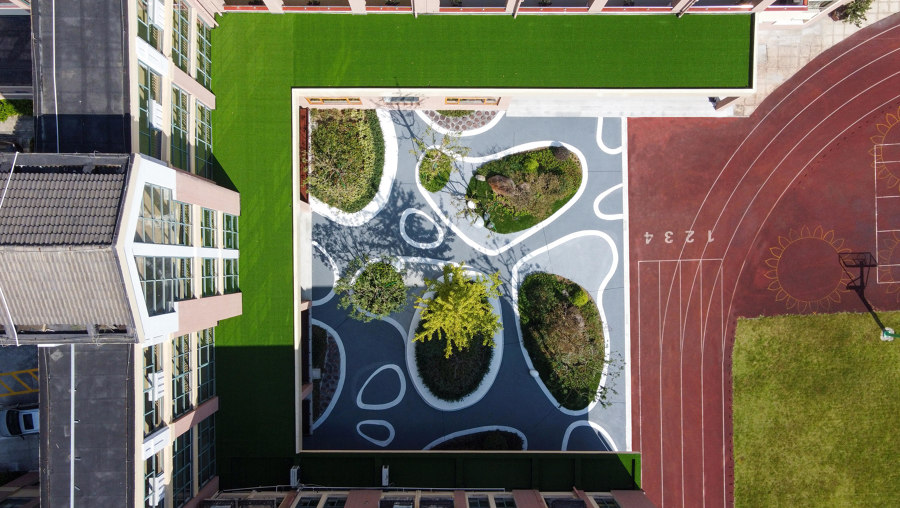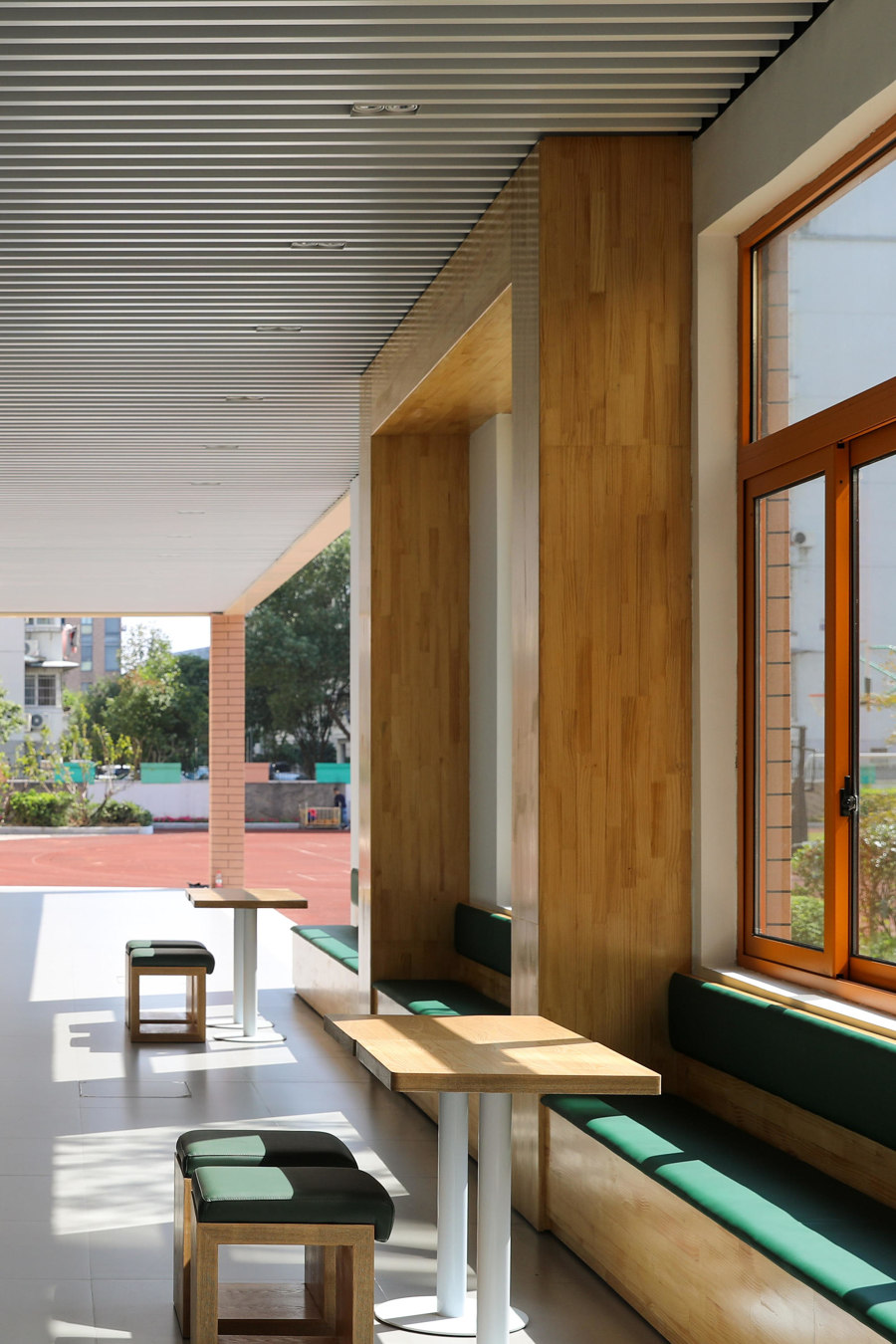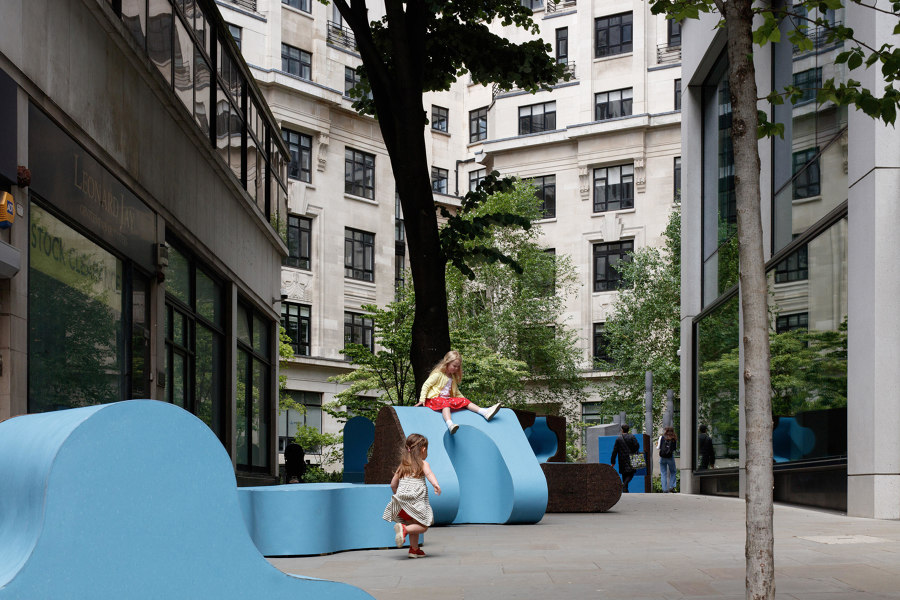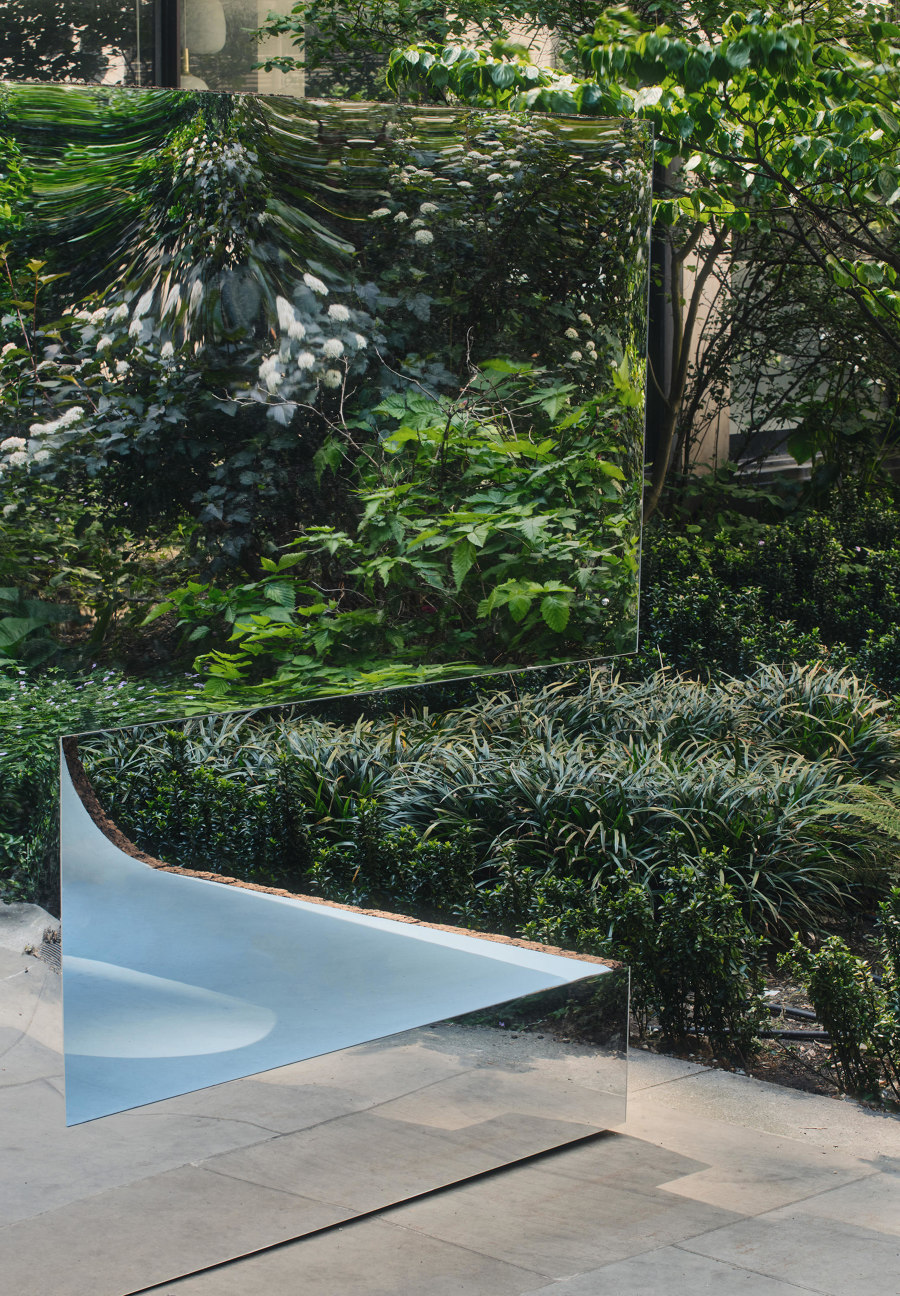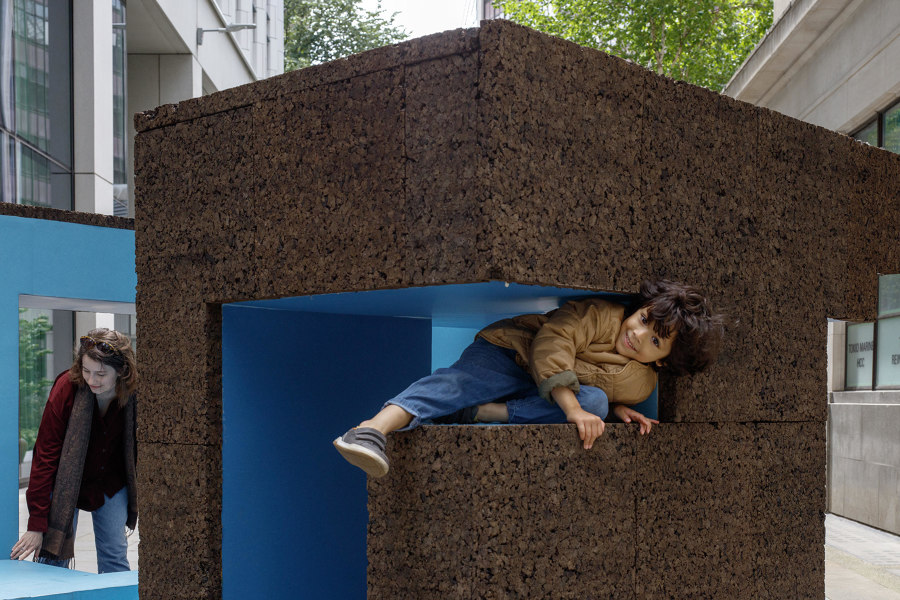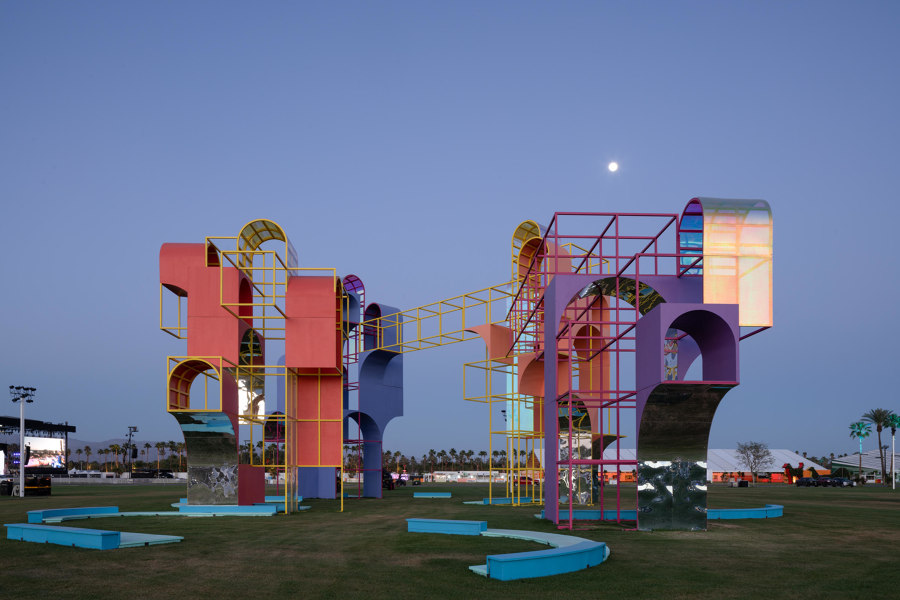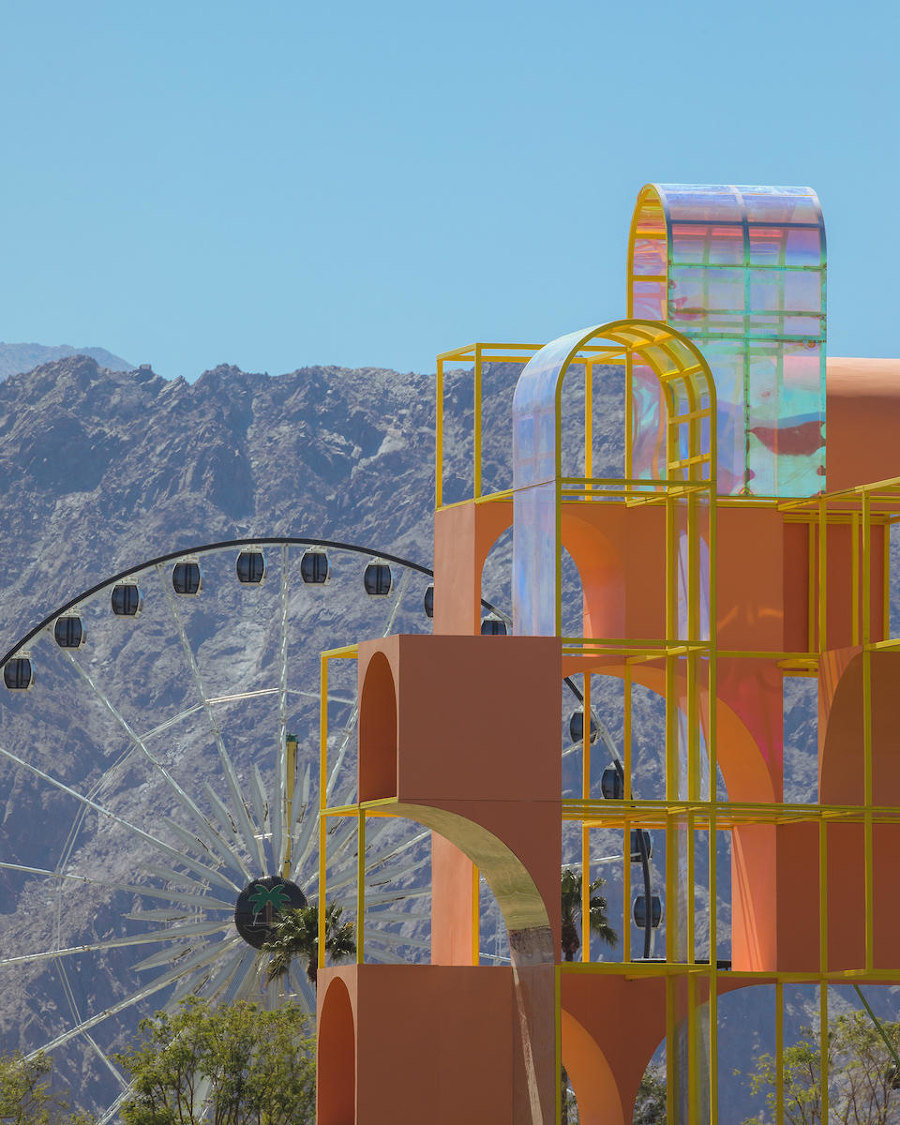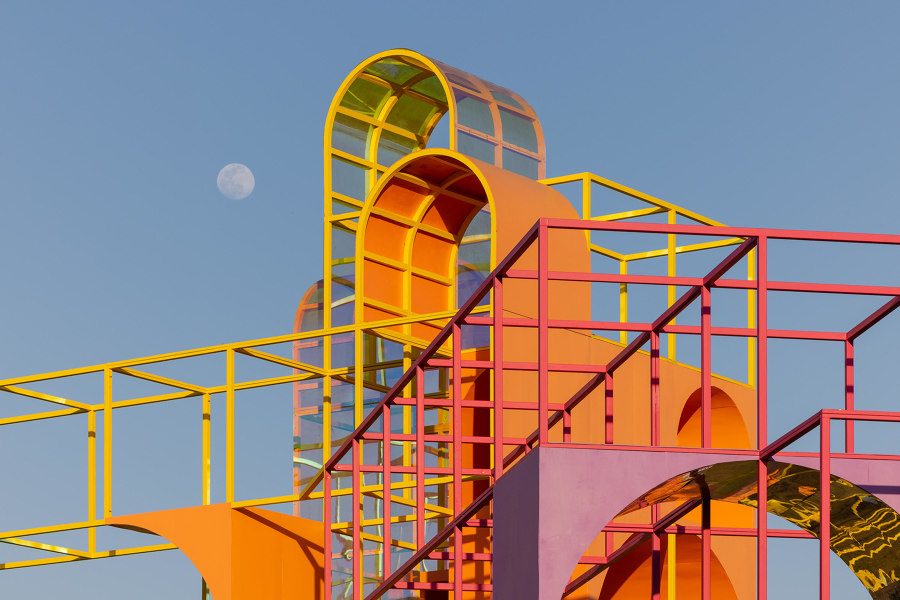Urban squares that use play to bring people together
Text by James Wormald
06.05.24
All work and no play makes cities dull places to be. As well as inspiring joy through play, these four playgrounds set in centres of human interaction encourage communication, creativity and a connection with nature.
Urban playgrounds like the one at Damin School in China take over their spatial context through the subtle encouragement of joyful play, rest or just culture and contemplation. Photo: XIRU

Urban playgrounds like the one at Damin School in China take over their spatial context through the subtle encouragement of joyful play, rest or just culture and contemplation. Photo: XIRU
×Transforming the grey palette of the townscape into more energetic spaces filled with colour and energy, urban playgrounds provide children of all ages with much-needed areas for exercise, socialisation and stimulation away from the enticing pull of screens or other less wholesome indoor activities. But children aren’t the only clients the designers and architects of playground landscapes need to consider. When a valuable section of city space is retained for community use, it needs to serve the entire community.
Urban squares, meanwhile, are the perfect example of spaces ripe for community use. Natural hives of civic activity, they connect the modern ley lines of a city, blending ages and cultures together on their disparate paths. By adding a place of play to a busy city square, it’s transformed into a restful environment of colour, joy and laughter too – even for those not playing. These four urban playgrounds take over their parent squares and spaces through the subtle encouragement of joyful play, rest or just culture and contemplation.
-----
Honeycomb elements take on the ochre colour of the surrounding Copenhagen buildings at BLOX Playground, whose yellow plastered facades are so typical of Danish housing. Photos: Jasper van der Schaaf
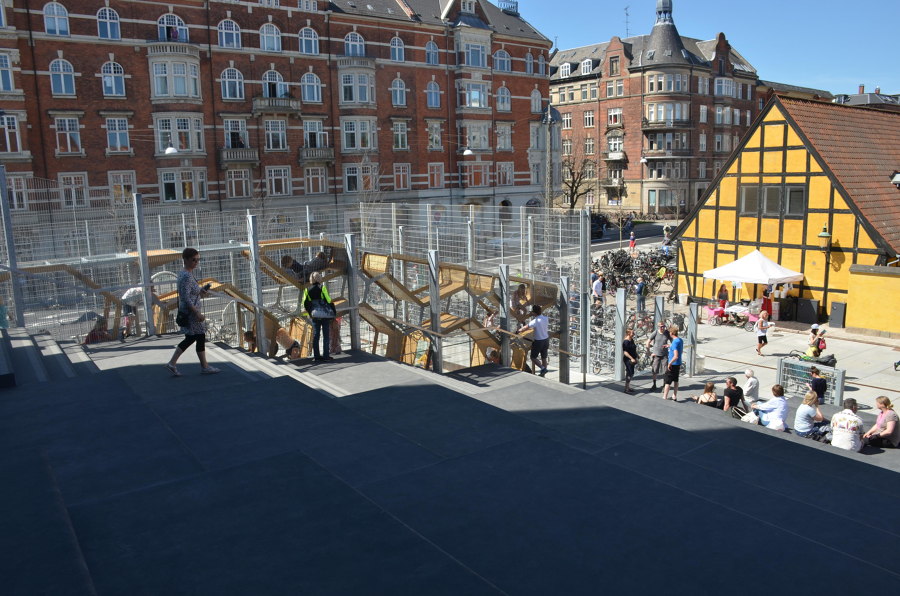
Honeycomb elements take on the ochre colour of the surrounding Copenhagen buildings at BLOX Playground, whose yellow plastered facades are so typical of Danish housing. Photos: Jasper van der Schaaf
×BLOX Playground in Copenhagen, Denmark, by Carve
Sitting in front of the BLOX building in Copenhagen, Denmark, is a busy public square that connects one of the city’s major streets with a corner of its idyllic harbourfront. Taking advantage of the busy traffic, especially on sunny days, architects Carve, in collaboration with OMA, designed a sitting staircase to rest in front of the building, which doubles as a playground space. ‘Slides, trampolines and netting where children can jump and scramble are integrated into the large staircase,’ explain the architects, on how the project evokes movement.
Alongside the steps, seats and slides, meanwhile, sits a vertical play element that ‘allows many children to play at the same time’, describes Carve, and is designed to cultivate joy in the city. ‘The honeycomb elements take on the ochre colour of the surrounding buildings, whose yellow plastered facades are so typical of Danish housing.’
-----
The playground at Damin school offers its users natural richness in the form of bright shapes, textures and access to natural light and fresh air. Photos: XIRU

The playground at Damin school offers its users natural richness in the form of bright shapes, textures and access to natural light and fresh air. Photos: XIRU
×Damin School Renovation in Ning Bo Shi, China, by REAL Architects
While the materials often selected to build safe, hardwearing playground equipment must be durable and flexible – not to mention sometimes unnaturally colourful – playgrounds set in urban centres still allow users to communicate with the nature of their surroundings, even if it’s only natural light and fresh air.
With a school campus that naturally envelops two open courtyards, the Damin school in Nine Bo Shi, China, equipped one playground with typically colourful facilities such as a slide and climbing apparatus, while the other – named the Loving Garden – is fitted with heart-shaped sections of greenery.
‘We selected natural balsam camphor wood and rough cobblestones, which are the ground textures that enrich the students’ outdoor experience,’ explains the architects. ‘The planting takes into account the characteristics of colour, texture and smell by applying sensory plants.’
-----
The Urban Playground project in London acts as an all-ages playground for children and adults to enjoy together. Photos: Simon Kennedy

The Urban Playground project in London acts as an all-ages playground for children and adults to enjoy together. Photos: Simon Kennedy
×Urban Playground in London, UK, by McCloy + Muchemwa
‘Neither a sculpture nor a traditional playground,’ introduces the architect McCloy + Michemwa of the Urban Playground project in London, UK. ‘This project brings an element of unexpected play into the city, inviting people to interact with one another and their surroundings in new ways and shifting perceptions of public space.’ By viewing the concept and purpose of play from a human angle, rather than that purely of a child, the architect has devised an all-ages playground for children and adults to enjoy together.
‘While small children will feel naturally drawn to the spaces only very small people can get into,’ explains the architect, the layout of pieces creates different types of space, from elevated podiums for performing to small intimate clusters where someone could simply sit quietly. Meaning that with each piece having a unique shape, opportunities for seating, exploration or open-ended play are all possible in a space designed for every person and every purpose.
-----
Coachella's vibrant Playground installation uses the iconic colours and forms of a playground to bring people together in a vertical city with desert surroundings. Photos: Michael Vahrenwald
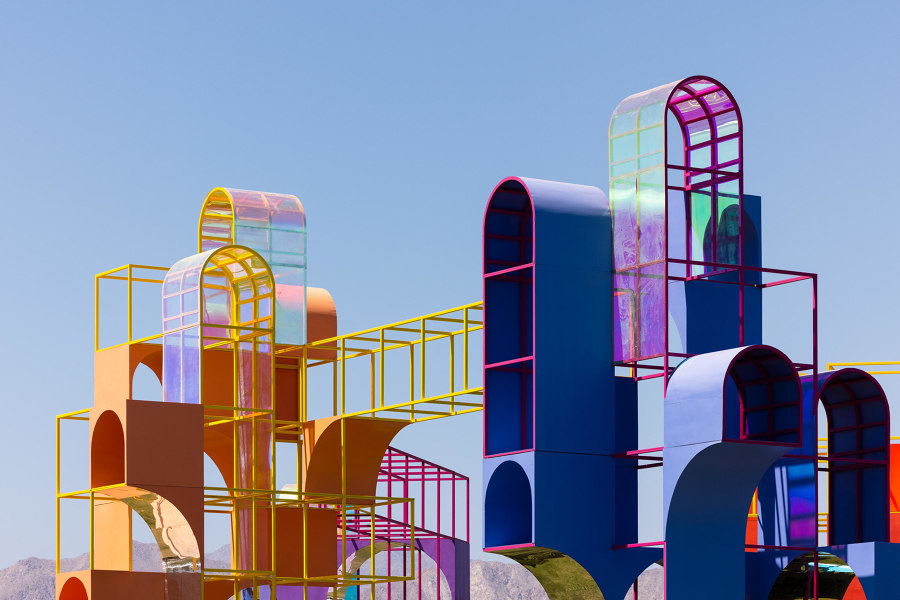
Coachella's vibrant Playground installation uses the iconic colours and forms of a playground to bring people together in a vertical city with desert surroundings. Photos: Michael Vahrenwald
×The Playground at Coachella, Indio, US, by Architensions
While the above projects exemplify how playgrounds can bring people of all ages and cultures together in the shared use of a public square in a city setting, The Playground installation at Coachella was built on the creative concept of using the iconic colours and forms of a playground to bring people together in a vertical city. ‘An intentionally vibrant colour experience,’ says the artwork’s creators Architensions, ‘The Playground takes inspiration from Constant Nieuwenhuys’ New Babylon, a city of improvisation, chances and play.’
Such an installation attracts and invites people to converge to appreciate its artistic message. ‘The project presents a physical atmosphere that is both dynamic and enveloping, that people can use as a space to interact with one another in the real world,’ explain the architects, ‘a node for engaging festival-goers in collective interactions and in performance, relaxation and play.’
© Architonic
Head to the Architonic Magazine for more insights on the latest products, trends and practices in architecture and design.

